 A Cost Comparison Repainting Vs. Using High Durability Paint In Rentals
A Cost Comparison Repainting Vs. Using High Durability Paint In Rentals
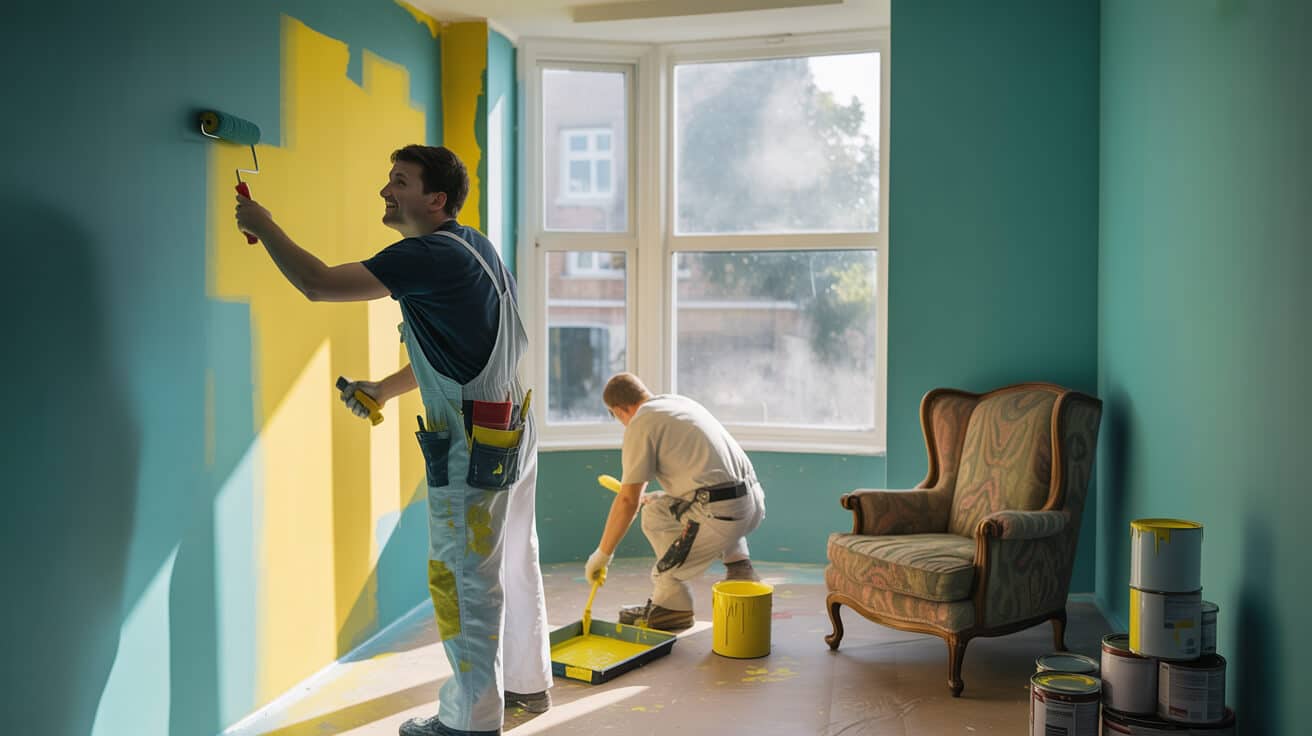
Does Cheap Paint Really Save Money for UK Rental Properties—Or Tie You to Never-Ending Upkeep?
When you repaint a rental property, you’re not just making walls look fresh—you’re setting the clock for your next round of costs, complaints, and void headaches. With compliance rules tightening every year, a single “cheap and cheerful” job can trigger months of disruption, hidden costs, and tenant phone calls that never seem to end. The difference between thin margin and solid profit? It’s not just in the cost per tin, but in how long your property can go between downtime.
Skimping now just means you’ll pay later—usually right when voids or tenant changeovers hit your bottom line.
For owners managing high-turnover flats, HMOs, or family lets, the problem isn’t finding the paint—it’s breaking free from the cycle of annual facelift jobs and last-minute compliance catch-ups. In today’s market, paint is a business risk: do you choose long-term durability, or sign yourself up for recurring spend and revolving doors of inconvenience?
What Do Repainting Cycles Really Cost Beyond the Paint Tin?

It’s understandable to reach for trade emulsion—the sticker price is low, coverage is fast, and there’s always another unit needing a tidy-up next week. On the job sheet, “£15 for a tin” feels like the right move when void stress is mounting. But step back for a minute: what happens when those walls face six months of real life?
- In UK rentals, nearly 85% of redecoration costs come from labour, not paint.: Skilled trades, room prep, tenant comms, key handovers, and regulatory inspections drive prices—not the few quid you “saved” at the builder’s merchant ([Checkatrade](https://www.checkatrade.com/blog/cost-guides/painter-decorator-prices/?utm_source=openai)).
- Most landlords now plan a full-unit repaint every 3–5 years, but busy HMOs or family lets trigger “problem wall” callouts far sooner.
- Void periods and tenant churn double whenever redecorations run late, or get delayed by poor surface prep.:
Short-term savings often come back three-fold as you chase down painter diaries, lose days to empty units, or field complaints about patchiness and compliance flags.
The aftershocks of a cheap job always find their way back onto your schedule… and sometimes your next rent increase meeting.
How Do High-Durability Paints Reshape Your Maintenance Budget?
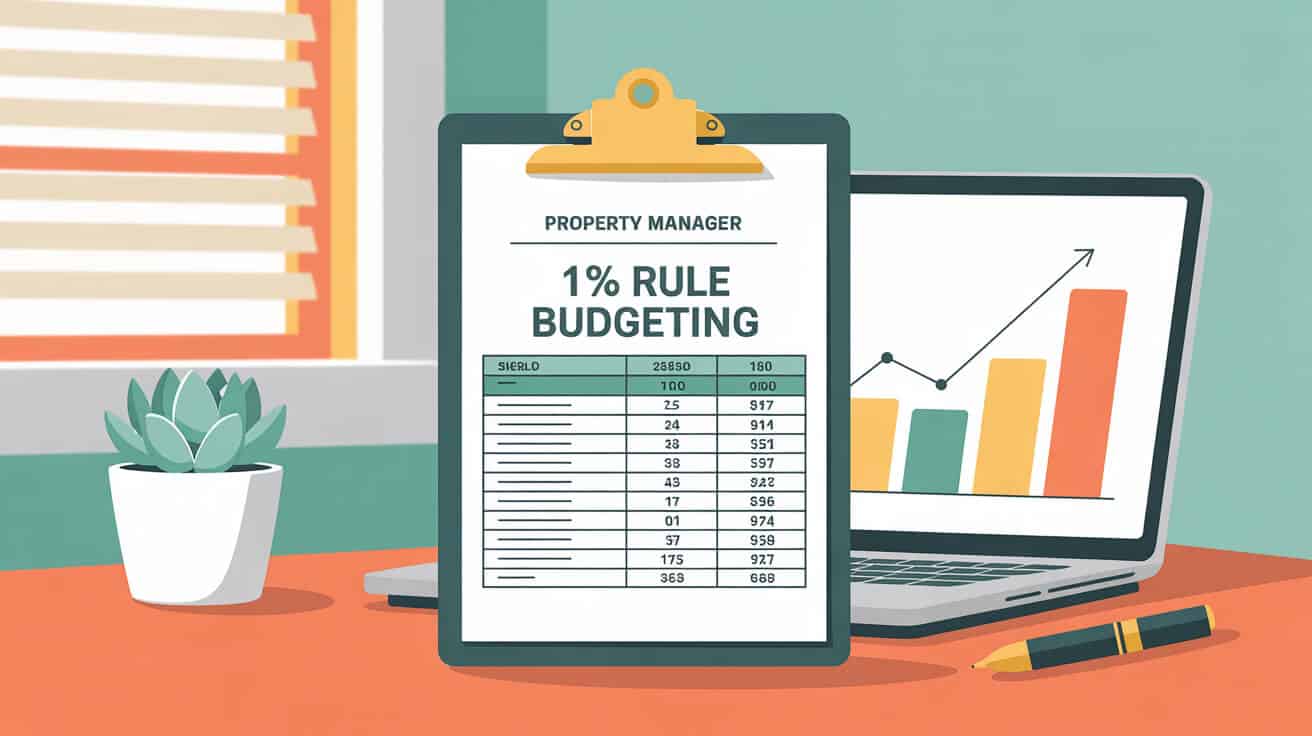
High-durability paints—sometimes labelled “scrubbable” or “washable”—are formulated for the wear and tear of real-world rentals. These aren’t marketing fluff paints. They’re engineered to withstand repeated cleaning, oil splashes, condensation, hallway knocks, and everything else tenants (and young families) dish out (Lightmen Painting).
Here’s why that matters:
- Upfront spend can be double, but lifecycle savings can reach 60%.: Durable paints often last up to 10 years, compared to 2–4 years for standard trade emulsion.
- Many marks and stains simply wipe away—no need for full repaints between tenants.
- “Void time” drops dramatically, since units stay “rent ready” after a deep clean, not a major trades appointment.
For the data-driven owner: high-durability paints shrink your long-term maintenance bill, reduce the headache of callouts, and let you re-let faster—often in days, not weeks.
A £40 tin of professional scrubbable paint won’t just look better, it’ll outlive three quick fixes and safeguard your bond with tenants.
Does Paint or Labour Have the Bigger Impact on Rental Decorating Costs?
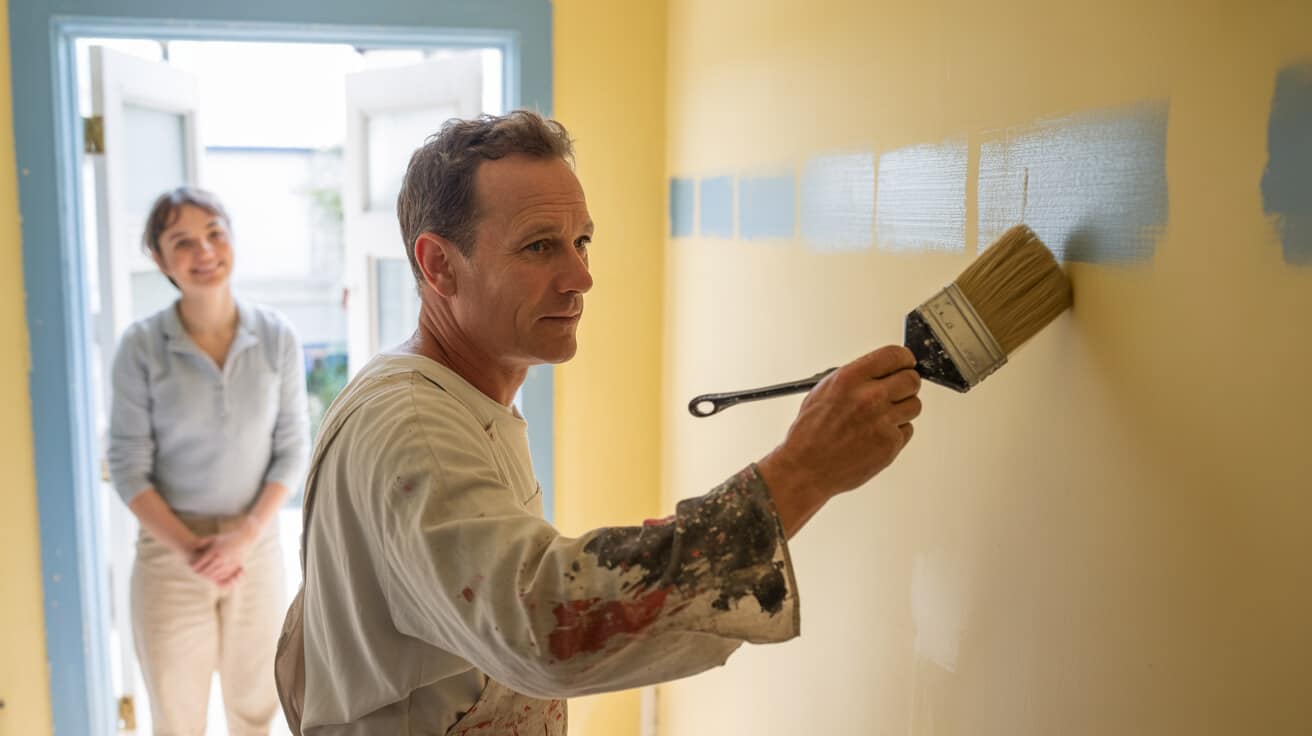
Countless property owners focus on squeezing costs at the paint aisle—only to watch the real money evaporate as team after team spends days on ladders. The economics are brutal and rarely discussed in paint adverts:
- Labour for a five-room repaint routinely hits £1,500–£2,250 in the UK: —regardless of whether the paint was “budget” or premium ([Checkatrade](https://www.checkatrade.com/blog/cost-guides/painter-decorator-prices/?utm_source=openai)).
- Multiply two or three redecorations per decade by portfolio size, and “cheap” becomes a myth.
- Surface prep, moving furniture, masking, cleaning, and snagging often run longer: with poor-quality paints that require multiple coats or highlight every scratch.
When you invest in durable paint, most of your “lifetime” spend becomes front-loaded: a bigger buy at the start, but a wave of smaller, cheaper touch-ups—sometimes by your own team—instead of full-room makeovers by a squad.
- With standard paint: expect hasty blending jobs that age fast and patchwork walls impossible to touch up seamlessly.
- With high-durability paint: scheduled cleans keep walls looking new, and redecorations can wait until you’re truly ready for a top-down upgrade.
Labour is your recurring tax—materials are the one-shot investment you control.
How Does Painting Choice Influence Tenant Satisfaction and Void Loss?
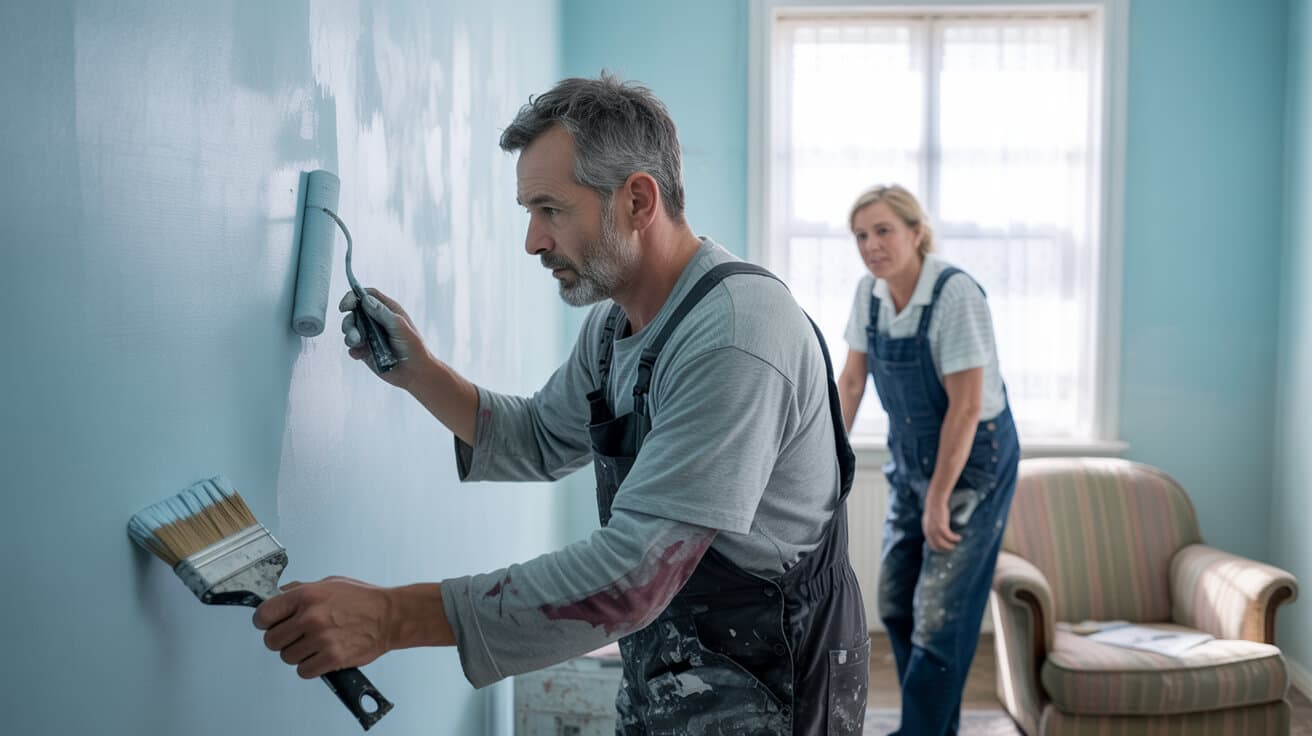
Every time you close a property for painting, you risk a chain reaction: tenants irritated by disruption, negative online reviews, and weekly rent lost to “in progress” signs. Properties that need new paint every turnover get reputations for being high-maintenance and inconsistent.
Investing in durability brings sharper advantages:
- Longer spans between maintenance means tenants move less and review more positively.
- Landlords report fewer disputes over deposit deductions, due to walls cleaning back up to “move-in fresh.”
- Letting times shorten—clean, “instantly ready” properties photograph better and convert applicants faster.
For high-competition postcodes or properties chasing premium tenants, reducing downtime and complaint cycles matters far more than “saving” £20 on a tin. Your reputation—on Google, Rightmove, and with local agents—depends on lived experience from tenancy to tenancy.
Durable finishes are proof that you care about tenant comfort—and that discipline earns loyalty (and fewer midnight texts).
Over a Decade, How Do the Pounds Stack Up—Standard vs. Durable Paints?
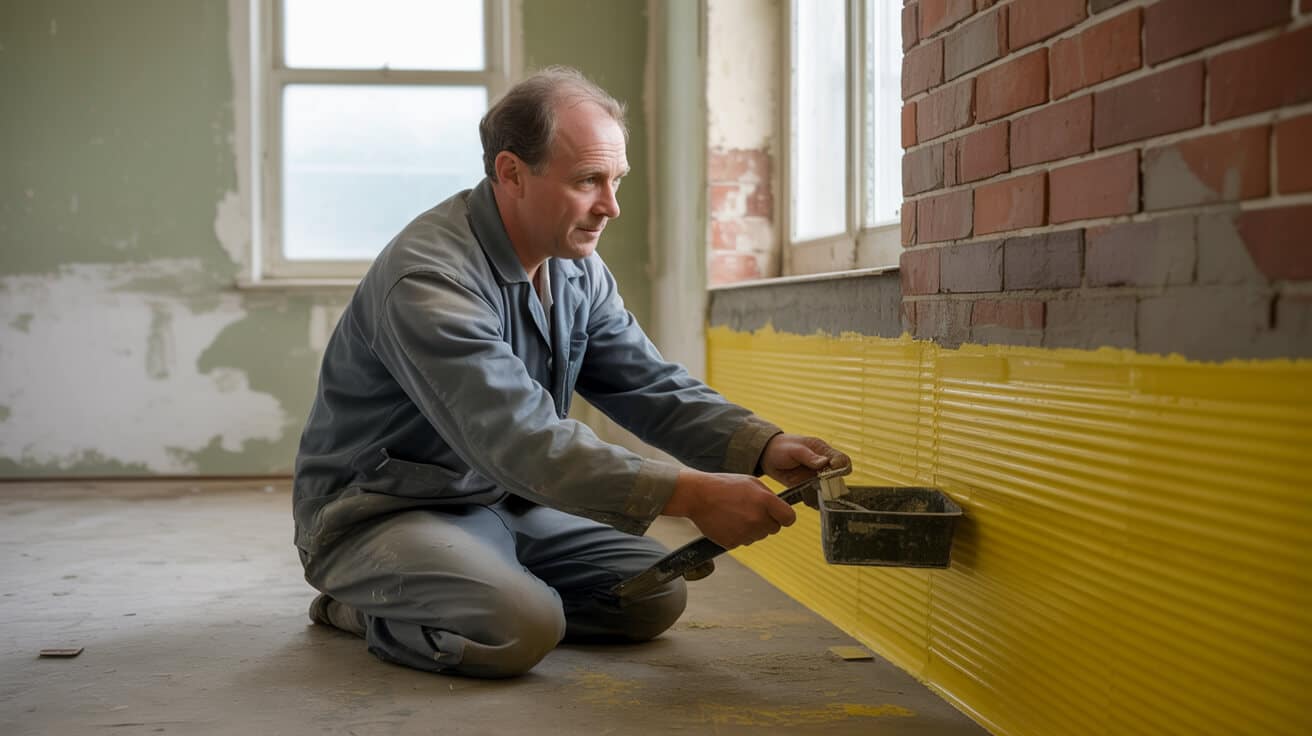
Imagine a five-room rental, typical for many urban landlords. Over a decade:
| Paint Approach | Redeccorations Needed | Total 10‑Year Spend |
|---|---|---|
| Standard Trade Emulsion | 2–3 full repaints | £4,500–£6,750 |
| High-Durability Paint | 1 large, then touch-ups | ~£2,370 |
Labour dominates both models, but durable paints break the cycle. Source: Checkatrade.
Three-quarters of UK pros now require premium or durable paints for all lets, driven by • lower callout rates, • faster lettings, • and fewer recurring complaints (NRLA via Your Move). The real saving isn’t in cutting immediate spend—it’s in escaping repeat charges, empty weeks, and hands-on “problem solving” that eats time you can’t get back.
The margins you protect today are won in the grind of long-term maintenance, not snap savings on the day of purchase.
Is There Ever a Sensible Place for Budget Paint in Rentals?
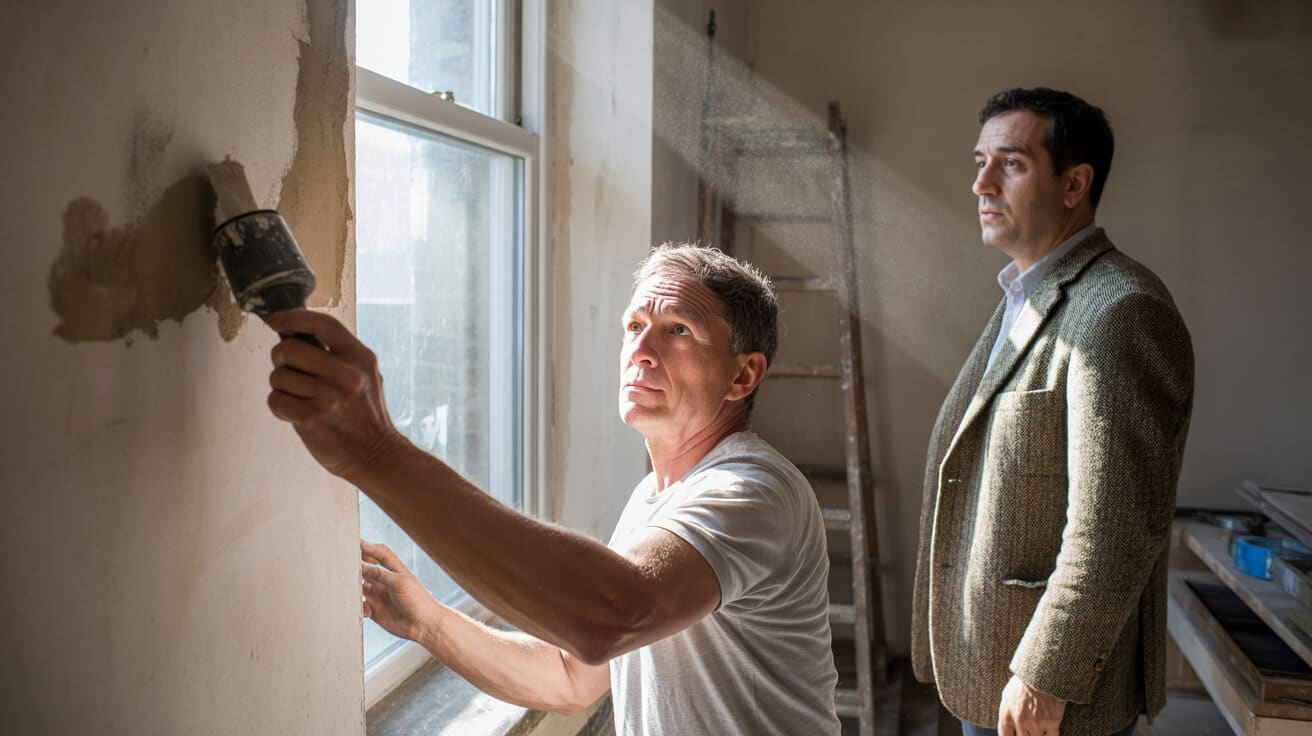
Not every job is a candidate for luxury emulsion—and sometimes, quick fixes or speed trumps longevity. Budget paints still serve a narrow (and shrinking) slice of the rental market:
- Short-term lets or properties about to be sold: —returns often cover only a few months, and longevity won’t affect your outcome.
- A cosmetic touch for photos or marketing: —where surface “pop” matters more than endurance.
- Low-use areas: —like spare bedrooms in professional lets, or communal hallways rarely in heavy contact.
That said, the risk profile rises: even short lets can backfire with a disruptive tenant or rapid churn, and call-back costs double if you get saddled with unexpected cleaning or deposit claims.
For most long-term, compliance-sensitive, or churn-prone rentals, durable paints aren’t just “worth it”—they’re insurance against recurring hassle.
Why Expert-Led Maintenance Outperforms DIY Paint Decisions

Selecting the right paint is just the foundation. What drives the best real-life results is a maintenance partner who pairs those materials with fail-safe execution, compliance assurance, and sharp forecasting.
All Services 4U brings you:
- Certified site surveys: to pinpoint the best finish for every room’s traffic and regulatory demands.
- Multi-trade application teams: , versed in HMO rules, BS7671 for safety, and all the latest Health & Safety Executive expectations.
- Transparent job costing and lifecycle planning: —so you invest with a forecast, not a guess.
- Rapid repairs and support: , plus a single point of coordination whether you own one unit or manage a city’s worth.
The strongest returns come from tying quality materials to above-standard workflow—where Just get it done fast never undermines your compliance or tenant value.
Remember: true property maintenance is proactive. By investing in better choices and coordinated schedules now, you remove the emergency mode—letting your investment work smoothly, year in and year out.
Want to Cut Rental Maintenance Spend and Keep Tenants Happier? Get All Services 4U on Your Team
Every unaddressed scuff or faded finish is one step closer to a money-drain—be it empty weeks, surprise regulatory snags, or a reputation that keeps the best tenants away. The way out isn’t splashing out thoughtlessly; it’s planning strategically: picking high-durability materials and working with experts who put your yield and property lifecycle first.
If you’re ready to escape the repaint merry-go-round, protect your rental profits, and draw in better tenants with less hands-on stress, reach out to All Services 4U now. We’ll assess your property, design a fit-for-purpose decorating plan, and set a maintenance rhythm that lets you stay ahead—saving cash, time, and reputation across every unit you own.
Frequently Asked Questions
How do high-durability paints drive down maintenance costs for rental landlords?
High-durability paints slash long-term costs by stretching out the time between full redecorations and minimising disruptive touch-ups. These technologically advanced coatings resist stains, daily scuffs, and repetitive cleaning, meaning your property stands up to tenant turnover without frequent intervention. Instead of repainting every couple of years—a common trap with standard emulsion—you’ll typically get a full property cycle of 7–12 years from one professional application. That reduction translates straight into savings: labour, downtime, and hassle, all dramatically reduced. Moreover, well-chosen durable paints protect against compliance breaches linked to poor interior conditions—issues that can cost you legal fees or void insurance. For a typical five-room rental, studies show using high-durability paint can save £2,500–£4,000 over a decade compared to standard finishes (source: UK Lettings Industry 2023 Analysis).
What makes durable paint a cost-defence weapon for property owners?
- Fewer redecoration cycles: One cycle for 10 years, not three.
- Professional finish: Maintains a “let-ready” standard, enhancing re-letting speed.
- Warranty coverage: Brand-backed guarantees reduce liability risk.
- Regulatory advantage: Surfaces comply longer with Homes (Fitness for Human Habitation) Act 2018.
The true profit is peace of mind—a property that stays compliant, looks the part, and secures your income while competitors hurry to fix up theirs.
What hidden costs do landlords face when using low-cost emulsion in high-turnover rentals?
At first glance, standard emulsion seems budget-friendly, yet it’s rarely built for the realities of rental wear and tear. Each low-grade redecoration silently creates a cycle of recurring costs: accelerated wall damage, increased tenant turnover, and unpredictable downtime. Emergency redecor jobs—triggered by deposits at risk, surprise move-outs, or failed inspections—inflate costs due to rush labour premiums and inconvenient scheduling. Even worse, the aftermath is rarely limited to paint; scuffed and deteriorating walls can lead to failed compliance checks, insurance claim disputes, or delayed deposits when tenants challenge deductions.
How do these “invisible” costs show up in real letting cycles?
- Premium emergency call-outs: “Next available slot” prices are 25–40% higher than planned cycles.
- Missed rentals: Each extra paint day means days of lost income.
- Complaint snowballing: Small surface issues lead to ongoing dissatisfaction and negative reviews.
- Deposit and compliance friction: Patchy paint triggers disputes with tenants and managing agents.
Ultimately, what seems like a safe way to save soon erodes profit, trust, and reputation.
Apparent saving is a mirage if you’re dragged back every year to patch, repaint, and negotiate complaints.
When is it actually smart to specify standard emulsion for your rental?
Standard emulsion works in well-defined, time-limited cases—think student lets on 9-month terms, properties due for gut renovation or resale, or one-off staging before valuation. If the tenancy is truly short and there’s no risk of extension, spending more on paint is overkill. But timing has to be airtight; if a contract slides, a new tenant requests early entry, or refurbishment hits a snag, inferior paint becomes an urgent liability. This is why seasoned landlords treat standard paint as a disposable asset, only speccing it when a planned handover, sale, or full strip-out looms.
Use standard emulsion if:
- The property will be vacant, refitted, or sold within 12–18 months.
- The tenant profile is transient (e.g., students, temp workers) with clear move-out dates.
- Redecoration is strictly cosmetic to aid a valuation or marketing photo set.
Choose otherwise, and you risk lost income or double-spending on unplanned redecorations.
Landlords profit most by matching lifespan to circumstance: disposable paint for genuinely temporary lets; resilient coatings where anything less is false economy.
How does paint selection influence occupancy, tenant retention, and property reviews?
Paint finish might seem like a minor factor, but for tenants, it defines their lived experience and your professionalism. Walls that cope with kids, cooking grease, and the random mishaps of everyday life quietly earn trust—discouraging early move-outs, lease disputes, and call-backs. All Services 4U clients routinely see faster lets and higher scoring reviews on leading platforms after investing in washable, long-lasting paint. Quality finishes mean fewer complaints (“grimy kitchen wall” or “unsightly hallway marks” become things of the past), lower deposit disputes, and a subtle boost to your reputation with letting agents and comparison shoppers.
What matters most to tenants looking for long-term homes?
- Walls that always look clean and new: —not just after a fresh coat.
- No fuss over repainting or access: Less disruption, more privacy.
- Confidence in their deposit: Fewer surface defects, fewer end-of-tenancy headaches.
In a crowded rental market, properties that look after themselves tend to rent first—and stay rented longer.
Properties that feel cared for attract tenants who stay and truly care for them in return.
Which brands and best-practice techniques guarantee the strongest paint lifecycle ROI in UK rentals?
While several brands produce high-performance coatings, it’s the synergy with skilled application, wall prep, and the right finish for each room that makes the difference. Dulux Trade Diamond Matt/Eggshell, Crown Clean Extreme, Johnstone’s Acrylic Durable Matt, and Zinsser AllCoat dominate for endurance and cleanability. Rigorously prepping surfaces—filling, de-greasing, sanding, and spot-priming—ensures that paint bonds and lasts, especially in high-friction areas like hallways, kitchens, and bathrooms. Focus on Class 1 scrub ratings for main living spaces, and water-resistant formulas in “splash zones.” Not logging product batch, application date, and technique is a common self-inflicted wound—proper documentation helps protect your deposit, aids insurance claims, and makes annual maintenance much simpler.
Strongest process, best result:
- Pick the right product by area: E.g., ultra-washable matt for family lounges, vinyl eggshell for bathrooms.
- Nail the prep: Sand and spot-prime for lasting adhesion and even results.
- Train or hire for skill: Application shortcuts are a false economy.
- Keep records: Brand, batch, room—hand it to your agent or insurer if ever queried.
Paint is one of the few spend areas where every minute invested in prep, product, and professionalism pays you back year after year.
How can All Services 4U transform property painting from a cost centre into your portfolio’s strategic asset?
Partnering with All Services 4U gives landlords and portfolio managers a data-driven, compliance-proof roadmap to decorating and maintenance. Every project starts with a granular site appraisal, modelling the cost and compliance effect of every specification choice. The multidisciplinary team—spanning painting, compliance, and asset management—delivers seamless redecorations, full reporting for HHSRS, BS 7671, and enhanced insurance peace of mind. All Services 4U centralises your maintenance history, delivers rapid response for emergencies or upgrades, and provides benchmarking to compare lifecycle cost and result across your portfolio—not “guesstimates” but hard numbers, images, and audit trails. Most importantly, you get a single point of contact who knows your assets, tracks your ongoing compliance, and actively works to protect your yield.
Strategic upsides:
- Room-by-room budgeting and reporting: Data, not assumptions, drive your next maintenance move.
- Zero-surprise compliance: Every redecoration is regulation-checked and prepped for insurance deposit proof.
- One team, no handoffs: Decorating and repairs handled alongside upgrades and emergencies for frictionless annual cycles.
- Tailored intervention planning: Flexible—get last-minute help or pre-emptive scheduling to match your risk profile.
Maintenance decisions move from headache to competitive advantage, helping you stand out in tough times and grow when opportunity knocks. Ready to shift the economics of painting in your favour? Explore a tailored portfolio audit or compliance-driven upgrade plan with All Services 4U today.
The right maintenance partner lets you focus on growth, not surprises—turning every painting cycle into a proof point for your reputation and profit.



